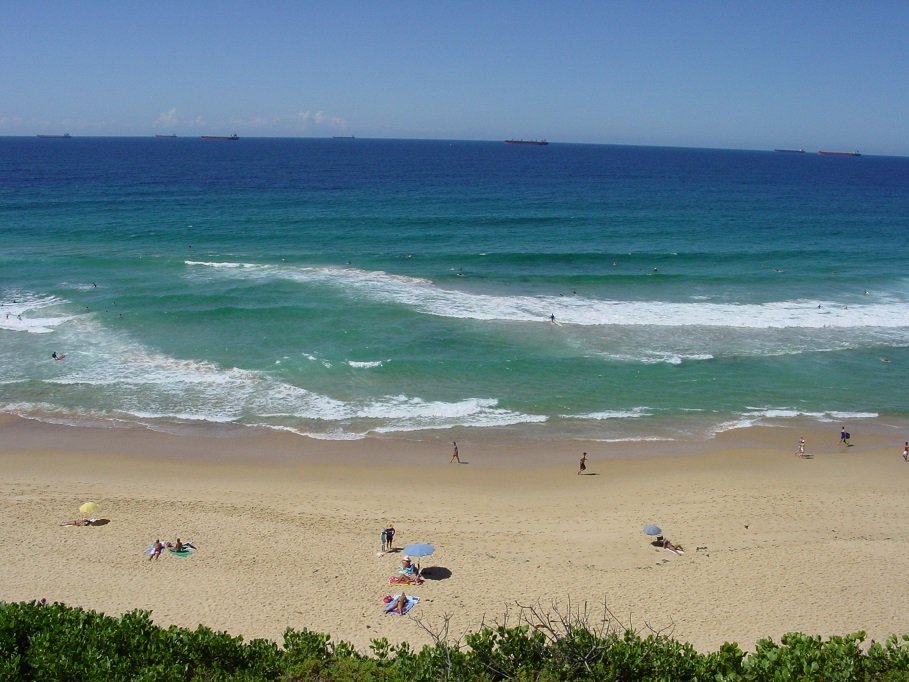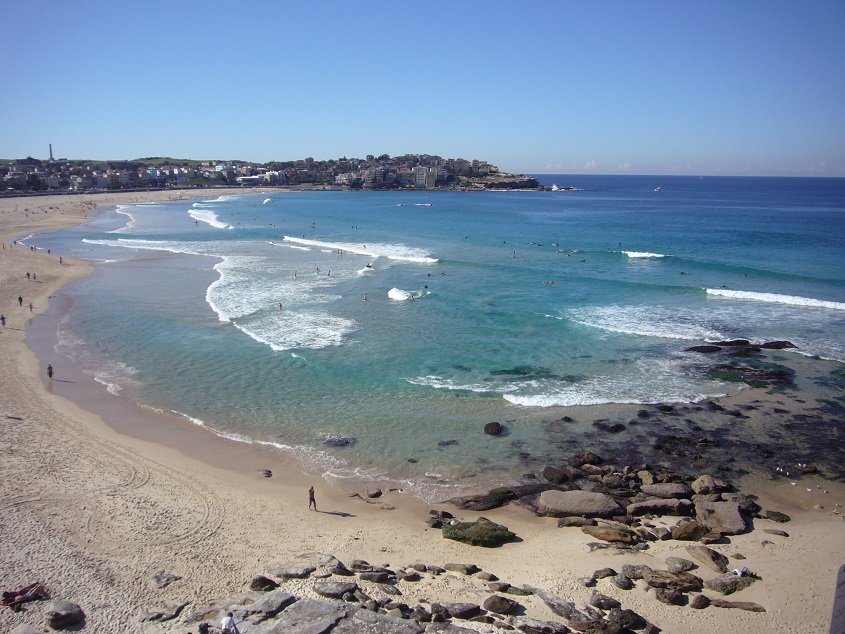
What are rip currents?
Rip currents, or rips, are strong, narrow offshore flowing currents that exist on many of the world’s beaches. They begin close to the shoreline and flow offshore to the end of the surf zone (where waves are breaking) and various distances beyond. They are a global phenomenon because they are found on any beach with waves breaking across a surf zone.
In simple terms, rip currents exist to bring water brought to the beach by breaking waves back offshore. The easiest way to think of them is as ‘rivers of the sea’. Like rivers, most rips (but not all!) occupy deeper channels.
Watch this animation of rip current formation at Tamarama Beach in Sydney’s Eastern Suburbs. Thanks to UNSW TV for the animation.
Dr Rip talks about Rip Current Myths
Rip current formation
Rip currents exist because of breaking waves, or more specifically, the variability of breaking wave intensity, both spatially and over time. Water level will always rise in the location of breaking waves, a process known as ‘wave set-up’, which is typically about 10% of the breaking wave height. Water will always flow from regions of greater wave breaking, or higher wave set-up where water levels are higher, to regions where waves are not breaking as much, where the wave set-up and water levels are lower. Essentially water is flowing downhill. This is the primary mechanism that initiates rip current flow.
Watch how rip currents form
Watch this video about rip current formation taken from the documentary Rip Current Rescue (more information at www.ripcurrentsafety.com).
Watipinga Beach, South Australia (photo Shane Daw)
When wave breaking is concentrated at the shoreline, there is a natural tendency for water to flow offshore, where waves aren’t breaking. Water can also flow laterally from sand bars, where water is shallower and wave breaking is more intense, to areas where waves are not breaking. Both of these processes tend to favour the development of rip currents.
It’s easy to understand how these water level gradients can vary over time as patterns of wave breaking change with the changing tide, or simply as wave conditions vary over minutes, hours and days.
However, the real key to understanding rip current flow and the different types of rip currents that exist ultimately depends on the causes of this spatial and temporal variability in wave breaking. Click the link below to find out more.






